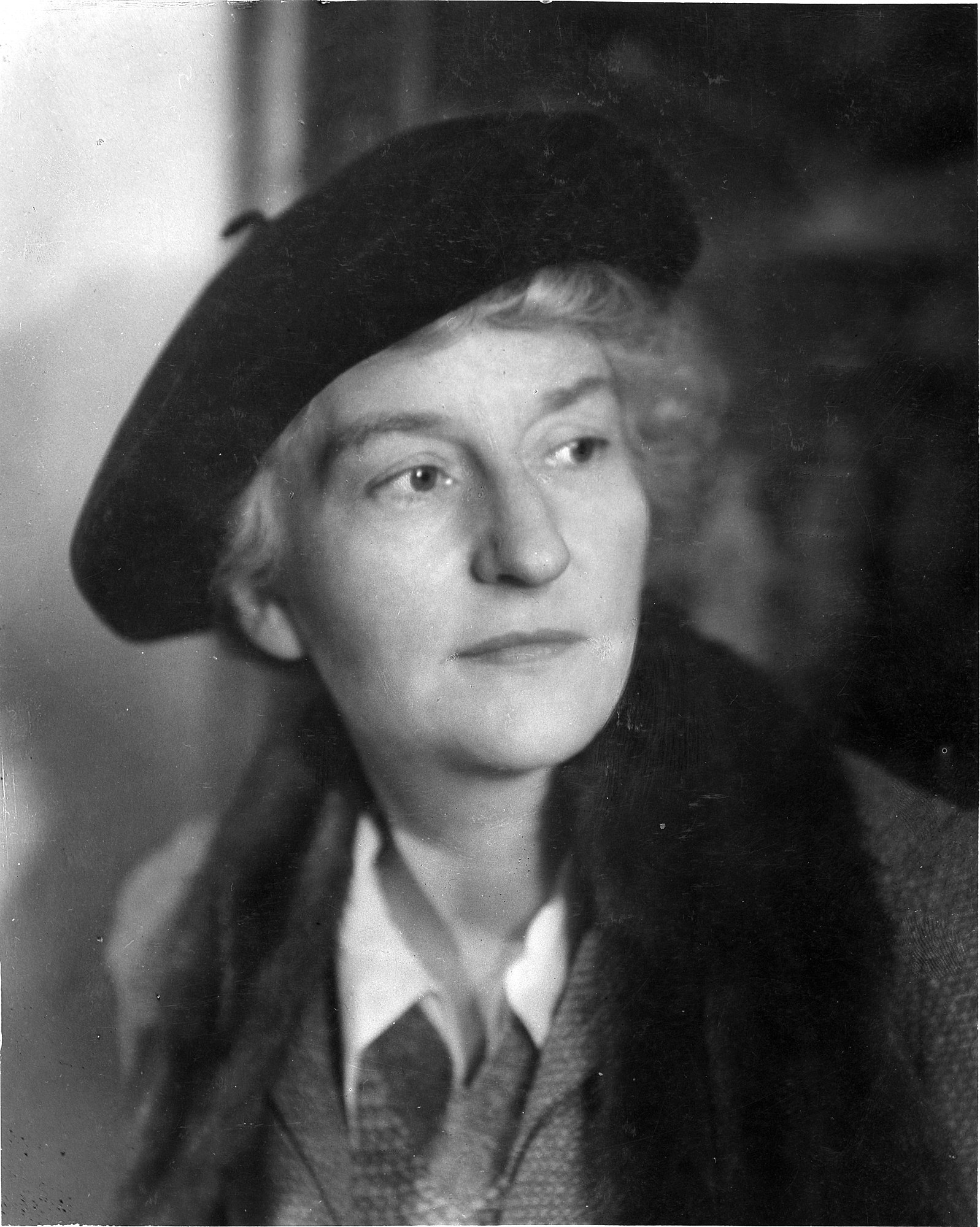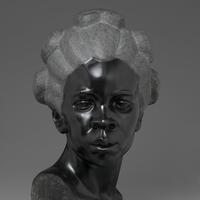More about Malvina Hoffman
Works by Malvina Hoffman

Contributor
Malvina Hoffman’s life was primed to be peachy.
She was born in Brooklyn to a piano prodigy father who had all connections in the art world to make Malvina’s wishes come true. When Hoffman tried her hand at art as a young woman, she had the fortune of being tutored by Gutzon Borglum, the sculptor of Mount Rushmore, who assured Hoffman and her parents that the girl had heaps of potential. At the beginning of the 20th century, artists of every discipline flocked to Paris, and following suit, Hoffman’s parents uprooted their life in the states so that their young daughter could study in Parisian style with the macdaddy of sculpture: Auguste Rodin. A slightly insane decision by the dedicated parents took a long time to come to fruition, and Hoffman had to put up with some creepy-old-man BS to boot. Hoffman was only granted a meeting with Rodin due to her persistence after requesting to see him five previous times. Rodin took a while to warm up to the idea of teaching Hoffman, but he eventually took her under his wing, and ended up making attempts to seduce the teenager (um, ew). The 71 year old Rodin apparently backed off and the pair maintained a platonic teacher-student relationship, with Hoffman well on her way to becoming an established artist in bohemian Paris.
Hoffman’s largest commissioned exhibition was for the Field Museum in Chicago, a museum of natural history rather than fine art. Hoffman used her studies in anatomy and knowledge from months of traveling the world to inform her sculptures of various tribal groups and societies. Her masterpiece, the sculptures of Races of Mankind, continues to be a topic of contention (and testament to the United States’ racist history) because of the way people of color were separated from the “more civilized white race”. Nonetheless works like Martinique Woman were praised for their artistry and dignity of the subject portrayed.
Hoffman was married to a violinist for 12 years until the couple got divorced in 1936. Although the prima ballerina Anna Pavlova had already passed at the time of their divorce, some speculate that Hoffman’s marriage crumbled due to an affair during Hoffman and Pavlova’s intimate friendship. Hoffman spent years sculpting dancers with Pavlova often posing for her. Although it’s fun to speculate about spicy artist affairs, most accounts suggest that the pair were simply very good friends. Hooray for close female friendships!
Sources
- Britannica, The Editors of Encyclopaedia. "Malvina Hoffman." Encyclopædia Britannica. July 06, 2018. Accessed July 30, 2018. https://www.britannica.com/biography/Malvina-Hoffman.
- Decoteau, Pamela Hibbs. "Malvina Hoffman and the "Races of Man"." Womans Art Journal 10, no. 2 (1989): 7-12. Accessed July 14, 2018. doi:10.2307/1358205.
- Flanigan, Tom. "Local Author Recounts the Adventures of a Great - and Almost Unknown - Artist." WFSU. June 5, 2018. Accessed July 24, 2018. http://news.wfsu.org/post/local-author-recounts-adventures-great-and-al…
- "Malvina Hoffman." The Field Museum. May 15, 2018. Accessed July 24, 2018. https://www.fieldmuseum.org/malvina-hoffman.
- Ronni Sanlo. "Today in LGBT History – June 15." Ronni Sanlo. Accessed July 24, 2018. https://ronnisanlo.com/today-in-lgbt-history-june-15/.
- "Women Artists: Anna Pavlova, Malvina Hoffman." Arts & Activities | The Nation's Leading Art Education Magazine. January 08, 2016. Accessed July 24, 2018. https://artsandactivities.com/anna-pavlova-malvina-hoffman/.
Featured Content
Here is what Wikipedia says about Malvina Hoffman
Malvina Cornell Hoffman (June 15, 1885 – July 10, 1966) was an American sculptor and author, well known for her life-size bronze sculptures of people. She also worked in plaster and marble. Hoffman created portrait busts of working-class people and significant individuals. She was particularly known for her sculptures of dancers, such as Anna Pavlova. Her sculpture series of culturally diverse people, entitled Hall of the Races of Mankind, was a popular permanent exhibition at the Field Museum of Natural History in Chicago. It was featured at the Century of Progress International Exposition at the Chicago World's Fair of 1933.
She was commissioned to execute commemorative monuments and was awarded many prizes and honors, including a membership to the National Sculpture Society. In 1925, she was elected into the National Academy of Design as an Associate member and became a full Academician in 1931. Many of her portraits of individuals are among the collection of the New York Historical Society. She maintained a salon, a social gathering of artistic and personal acquaintances, at her Sniffen Court studio for many years.
She was highly skilled in foundry techniques, often casting her own works. Hoffman published a definitive work on historical and technical aspects of bronze casting, Sculpture Inside and Out, in 1939.
Check out the full Wikipedia article about Malvina Hoffman











